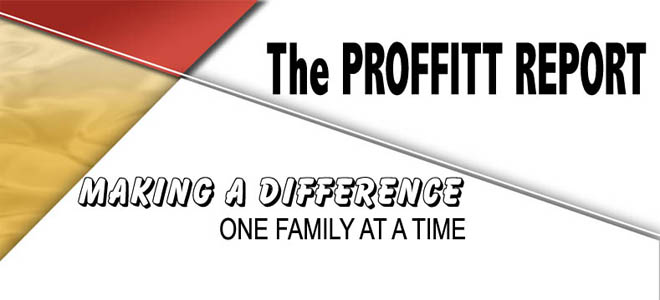
Earlier this week, Standard & Poors released its February Case-Shiller Index, a home price tracker for select metropolitan areas.
Overwhelmingly, home values fell in the 20 markets tracked by the Case-Shiller. Only San Diego showed a modest increase. The other 19 markets averaged a 1.23 percent decline between January and February.
However, that's not the story you read in the most papers. Instead, headlines read that home values were up in the United States, citing annualized data.
Unfortunately for active home buyers and sellers, year-over-year data isn't all that helpful when making a real estate decisions. It's the month-to-month data that matters. Month-to-month changes in home prices are what defines a housing market. Month-to-month is what sets the tone for contracts and negotiations on a purchase.
The rosier, annualized data published this past week just doesn't capture the reality of what was the February 2010 market. And even then, the data is somewhat useless because it's from February and May will be upon us next week.
Case-Shiller is on a 2-month lag -- hardly reflective of the "right now" of real estate.
When you're looking for real estate data that actionable, consider using sources that are more "real-time". A real estate agent may be the right place to start. Because for all the data that Case-Shiller and the other housing indices collect, it can never be as relevant to your individual needs as a well-executed, timely market analysis.

 After a strong March showing and a surprise upward-revision for February, Housing Starts are, once again, trending better.
After a strong March showing and a surprise upward-revision for February, Housing Starts are, once again, trending better. Mortgage rates and home affordability have improved lately, thanks to an unlikely ally -- Mother Nature.
Mortgage rates and home affordability have improved lately, thanks to an unlikely ally -- Mother Nature. Today, the Federal Open Market Committee voted 9-to-1 to leave the Fed Funds Rate unchanged within in its current target range of 0.000-0.250 percent.
Today, the Federal Open Market Committee voted 9-to-1 to leave the Fed Funds Rate unchanged within in its current target range of 0.000-0.250 percent. The Federal Reserve adjourns from a scheduled, 2-day meeting today. It's one of
The Federal Reserve adjourns from a scheduled, 2-day meeting today. It's one of  The sales of newly-built homes
The sales of newly-built homes  Existing Home Sales rose in March, as expected. U.S. home buyers closed on 7 percent more homes as compared to February.
Existing Home Sales rose in March, as expected. U.S. home buyers closed on 7 percent more homes as compared to February. Foreclosure filings rose close to 20 percent nationwide last month versus February, according to foreclosure-tracking firm RealtyTrac.com, and for the 13th straight month, total filings topped 300,000.
Foreclosure filings rose close to 20 percent nationwide last month versus February, according to foreclosure-tracking firm RealtyTrac.com, and for the 13th straight month, total filings topped 300,000. Not all home improvements are created equal. Especially if you're looking for "resale value" back from your work.
Not all home improvements are created equal. Especially if you're looking for "resale value" back from your work. The federal home buyer tax credit expires April 30 and the deadline is sparking a home sale surge. It figures to burden real estate, mortgage and title offices nationwide over the next 60 days so plan your closing date accordingly.
The federal home buyer tax credit expires April 30 and the deadline is sparking a home sale surge. It figures to burden real estate, mortgage and title offices nationwide over the next 60 days so plan your closing date accordingly. As the federal home buyer tax credit nears its April 30 end-date, there's a lot of would-be home buyers still working to get under contract.
As the federal home buyer tax credit nears its April 30 end-date, there's a lot of would-be home buyers still working to get under contract. For fans of "edge" pieces, this brownie pan from Baker's Edge is a cookware best-seller and for good reason. It's built strong and bakes double-edged, extra chewy brownies to perfection inside and out.
For fans of "edge" pieces, this brownie pan from Baker's Edge is a cookware best-seller and for good reason. It's built strong and bakes double-edged, extra chewy brownies to perfection inside and out.
 There's just 30 days remaining to use the federal home buyer tax credit.
There's just 30 days remaining to use the federal home buyer tax credit.





